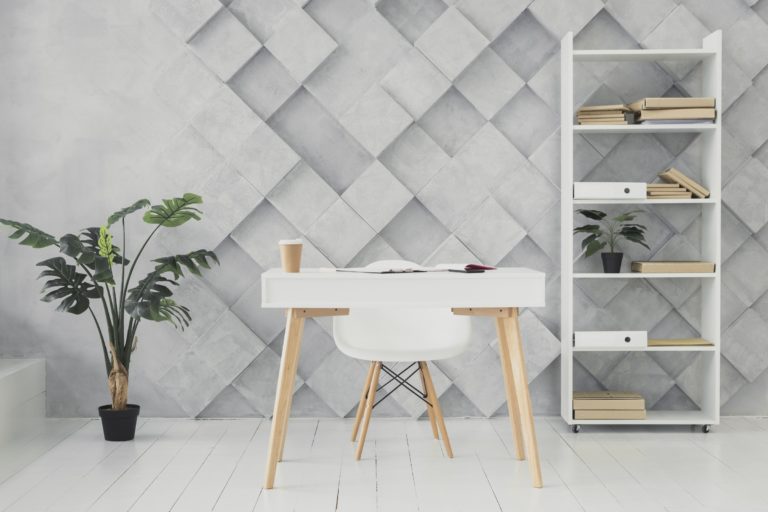
Today a large part of our life is devoted to working. It doesn’t matter whether you work in an office or remotely – it is the proper organization of your workplace that will allow you to work productively and stay healthy. And you need to start creating ideal conditions for yourself with the selection of furniture – namely the desk.
Our comfort when working at a table largely depends on its height. How comfortable your legs are, whether your back and arms get tired – this parameter is responsible for all your sensations and, ultimately, for work productivity. So let’s figure out how high your desk should be.
Determining the basic dimensions of the desk
So, at what height should the tabletop be located? As a rule, designers recommend starting from the standard because most of the office furniture is made following these same standards. Secondly, the final height of the table may vary, slightly deviating from these indicators.
So, the standard table height determined by experts today is from 28 to 30 inches (71-76 cm). This figure is considered the most comfortable for landing people of average height – and this is from 5 feet 8 inches to 5 feet 10 inches (170-175 cm). If your height is noticeably higher or much lower, you will have to adjust the height of the tabletop in direct proportion to your anthropometric data.
Another important indicator is the distance from the seat of your work chair or chair to the tabletop itself. Today, the standard is 15 inches (38 cm); however, as you understand, this parameter also requires individual adjustment. Since most office chairs today can be adjusted in height, there should be no difficulty with the most comfortable settings.
How do you determine if the selected desk height is right for you?
To understand at what height your table will be located and whether there are significant deviations from the standard size, sit at an imaginary table in a comfortable chair and straighten up, lean forward slightly and bend your elbows at an angle of 90 degrees. It is at this height that the tabletop of your table should be located. If it is ideally possible to adjust it in height, be sure to get it.
Also, if you are using a computer, be sure to calculate your monitor position and keyboard layout. You may need to place the screen higher, and if you feel the tension in your wrists, then think about installing a pull-out shelf under the keyboard. However, all these moments are individual, so try to calculate everything, albeit with an eye on the standards, but at the same time as accurately as possible.
How to choose a desk: some practical recommendations
Now you have at least an approximate idea of what the desktop should be, ideally convenient for you. However, as you probably understand, life is far from ideal. Therefore, when choosing office furniture, you will have to take into account other factors:
As you probably already understood, to choose furniture that meets all these requirements, it is necessary to take into account not only the height but also other dimensions of the table. Let’s allow ourselves a slight lyrical digression and talk about different parameters of office furniture.
Table selection by width and depth
The standard table height, remember, is 28-30 inches. However, its width and depth are just as important as it provides your personal comfort and ergonomic placement of everything you need to work.
Today, the standard width and depth of the table may differ depending on its type:
Even if you know the standard desktop parameters, including height, width, and depth, try not to purchase spontaneously. After carefully weighing the capabilities of your room and clearly defining the requirements for your workplace, you will definitely make the right decision.

